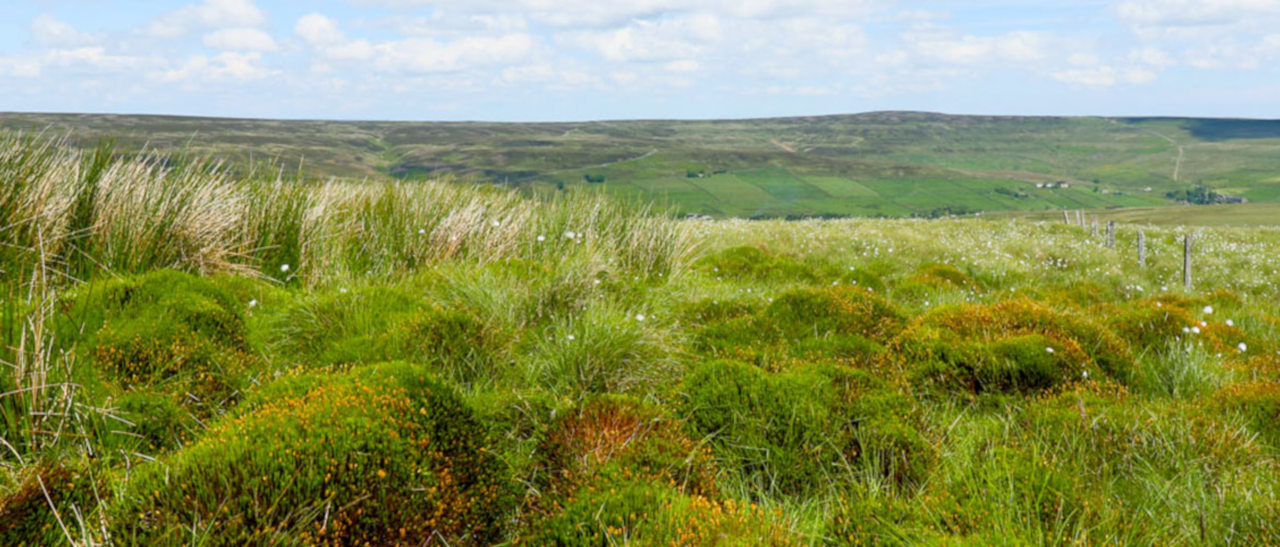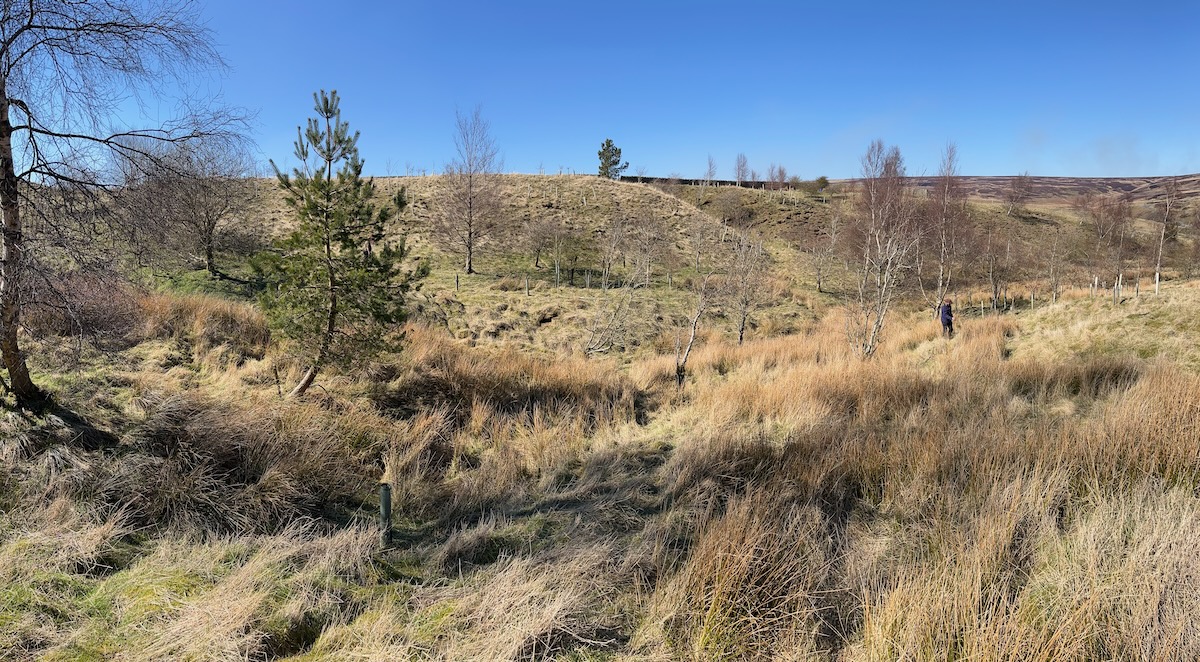Lintzgarth Fell was purchased by Philip Wayre in October 2000 and presented by him to the Trust in 2006.

Covering 482 acres the land is largely moorland with in bye land, hay meadows and a small ‘cleugh’ at the lower end of the reserve.
The vegetation of the fell itself is typical of the area with species such as cotton-grass (Eriophorum augustifolium), red fescue (Festuca rubra), common bent (Agrostis capillaris), mat grass (Nardus stricta) and wavy hair-grass (Deschampsia flexuosa). The Trust aims to regenerate the dwarf shrub species which have suffered due to overgrazing in the past. Encouraging ling (Calluna vulgaris), cross-leaved heath (Erica tetralix) bell heather (Erica cinerea) and bilberry (Vaccinium myrtillus) will add to the diversity of vegetation on the reserve. Parcels of woodland planting are planned to provide additional cover for the increasing numbers of black grouse and other species.
The reserve rises to 554 metres above sea level, from this one can see virtually the whole of the reserve sloping down to the north. A public footpath passes through the northern end of the fell following an old lead-mining trail. Lower down the fell an old mining settlement pit has been flooded and attracts mallard and other wildfowl throughout the year. Over 40 scrapes have been excavated to attract nesting waders as they provide an abundance of insect life upon which the young birds feed.
Wild flowers and grasses flourish on the hay meadows which are carefully managed to conserve the floral diversity of the area. The wide variety of species encourages bees, butterflies and moths and provides a rich wildlife habitat. An increasing number of lapwing are to be found on the in bye land at the northern end of the reserve, the open aspect of the fell and the abundance of insect life providing ideal habitat for these distinctive-looking sociable birds.
This reserve is in one of the most important areas for waders which return to the high moors for breeding from the coastal and mudflat areas, several species of which are in serious decline. In spring the reserve is home to curlew, golden plover, redshank and snipe. The grazing at Lintzgarth Fell is managed by the Trust to benefit the specialised wildlife in particular the waders and the black grouse. The number of male black grouse displaying each spring on a well-established lek at Lintzgarth continues to increase. Skylarks are abundant and in the spring the air is full of their song. This coupled with the bubbling calls of curlew and the high pitched whistling of golden plover makes the fell a truly enchanting place.
Latest From The WardenArchive
As part of the North Pennines National Landscape Partnership (NPNLP) Adders Up project, over the next three years research is being carried out with the aim to build a more complete picture of the distribution and conservation status of adders in the North Pennines.
 Setting out refugia at Lintzgarth.
Setting out refugia at Lintzgarth.
The NPNLP surveys use teams of volunteers through the 2025 survey season, aiming to complete at least 3 – 5 visits at both of the PWUT reserves. In the first year, the project is run in collaboration with the University of Newcastle to study the genetic diversity of adder populations across the North Pennines. The aim of this research is to determine how genetically isolated adder populations are and thus identify populations at greatest risk of extinction due to low genetic diversity and inbreeding depression.
2025-04-02
